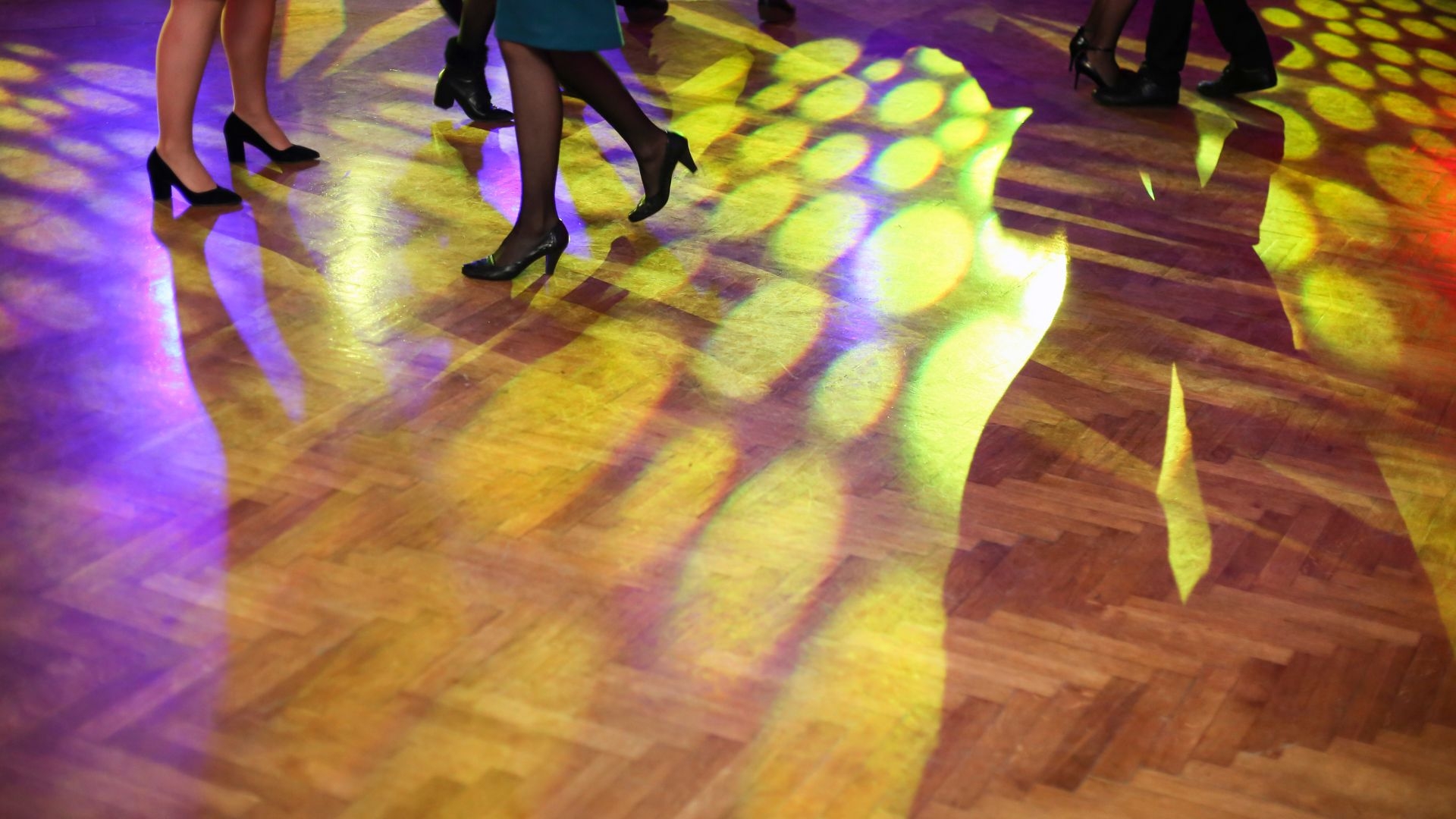Dance Floor Underlayment
What is the purpose of using dance floor underlayment?
Dance floor underlayment serves the purpose of providing a protective layer between the subfloor and the dance surface. It helps to enhance the performance of the dance floor by offering shock absorption, stability, and durability. This underlayment is specifically designed to meet the unique needs of dancers, ensuring a safe and comfortable dancing experience.








